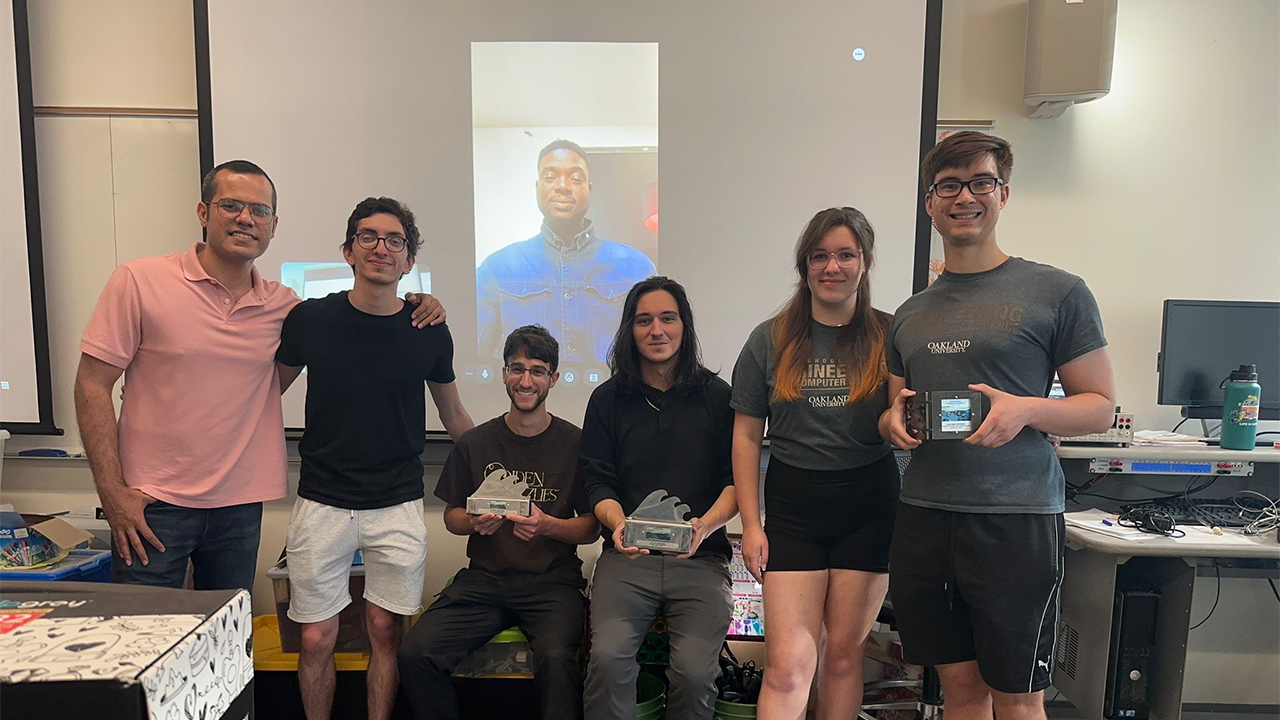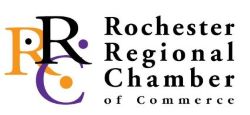Oakland University recently took second place in the Marine Energy Collegiate Competition, anOakland University wins second place in 2025 Marine Energy Collegiate Competition

annual event sponsored by the Department of Energy, which challenges students to design,
develop and present innovations that harness the power of water. OU’s team developed a
filtration system that uses the ocean's thermal gradient to desalinate seawater.
Thermal gradient refers to the temperature difference between warmer waters near the ocean's
surface and cooler waters at deeper depths. The system functions by allowing water vapor
produced via the thermal gradient to pass through a membrane, separating clean water from salts
and other impurities.
Team co-leader Ryan Younes said this technology can be particularly useful for islands that are
close to the equator, providing an affordable, sustainable and green alternative to well water
production for the islands of American Samoa and potentially many other islands.
For this year’s competition, the team designed a filtration system specifically for Aunu’u Island
in American Samoa. Team co-leader Lance Markowitz crafted a detailed business plan, which
included robust stakeholder outreach, cost analysis, and market research.
He contacted suppliers, investors, local community members in American Samoa, government
employees, along with professionals from across the utility industry to gain a better
understanding of American Samoa’s energy needs.
“This outreach drastically altered the trajectory of our project for the better,” said Markowitz, a
double major in general management and Spanish. “While meeting with an employee of the
American Samoa Power Authority, we were advised to design a desalination system for the
smaller island of Aunu'u, instead of American Samoa's largest island, Tutuila. The Power
Authority does not see desalination as a long term solution for their largest island, but does for
Aunu'u. This resulted in us scaling down our system by 100 times to ensure that we were truly
meeting market demands.”
Younes, who led the project’s technical design, noted that the experience sparked new ways of
thinking as students worked together to solve problems.
“You get to meet so many different people from different backgrounds that think differently.
Different ways of thinking lead to different approaches to solving problems which, in turn, leads
to disagreement with your lab peers,” said the electrical engineering major. “That's when the
ideas you're advancing are actually challenged, and where you find out whether you are right or
wrong.”
Younes added that these kinds of hands-on, research-based experiences can help students
jumpstart their careers.
“Lance and I both got internships this summer in the utility sector – Lance with DTE and me
with Consumers Energy – and I strongly believe that the research we took part in caught their
eye and gave us a good chance at getting hired.”
Along with Younes and Markowitz, OU’s team included Ava Kobus (community connections
lead), Foster Caragay (build and test lead), Gerard Griest (community connections assistant),
Temitiope Ayanlade (technical design graduate assistant), and Saber Khanmohammadi (graduate
advisor).
Twenty-three schools competed this year, with Oakland besting the likes of Stanford, Cornell,
Dartmouth, University of Michigan, Rutgers, Purdue, and Washington University. Jonathan
Maisonneuve, the team’s faculty advisor, said he was impressed with the students’ performance
against such high-level competition.
“We’ve participated in the Marine Energy Collegiate Competition for three years now, and every
year we get better and better,” said Maisonneuve, associate professor of mechanical engineering.
“My favorite part of the project is the fact that the students are working on a very innovative
technology – with a lot of science and engineering work in the lab – and at the same time, they
are engaging directly with stakeholders to understand the water needs of real communities in
American Samoa. We’ll continue to build our partnerships with the island as we move forward.
I’m excited to see where we go from here.”
Oakland University
Eric Reikowski Public Information Officer
From left: Saber Khanmohammadi, Ryan Younes, Lance Markowitz, Temitope Ayanlade (pictured on screen), Foster Caragay, Ava Kobus, and Gerard Griest.


